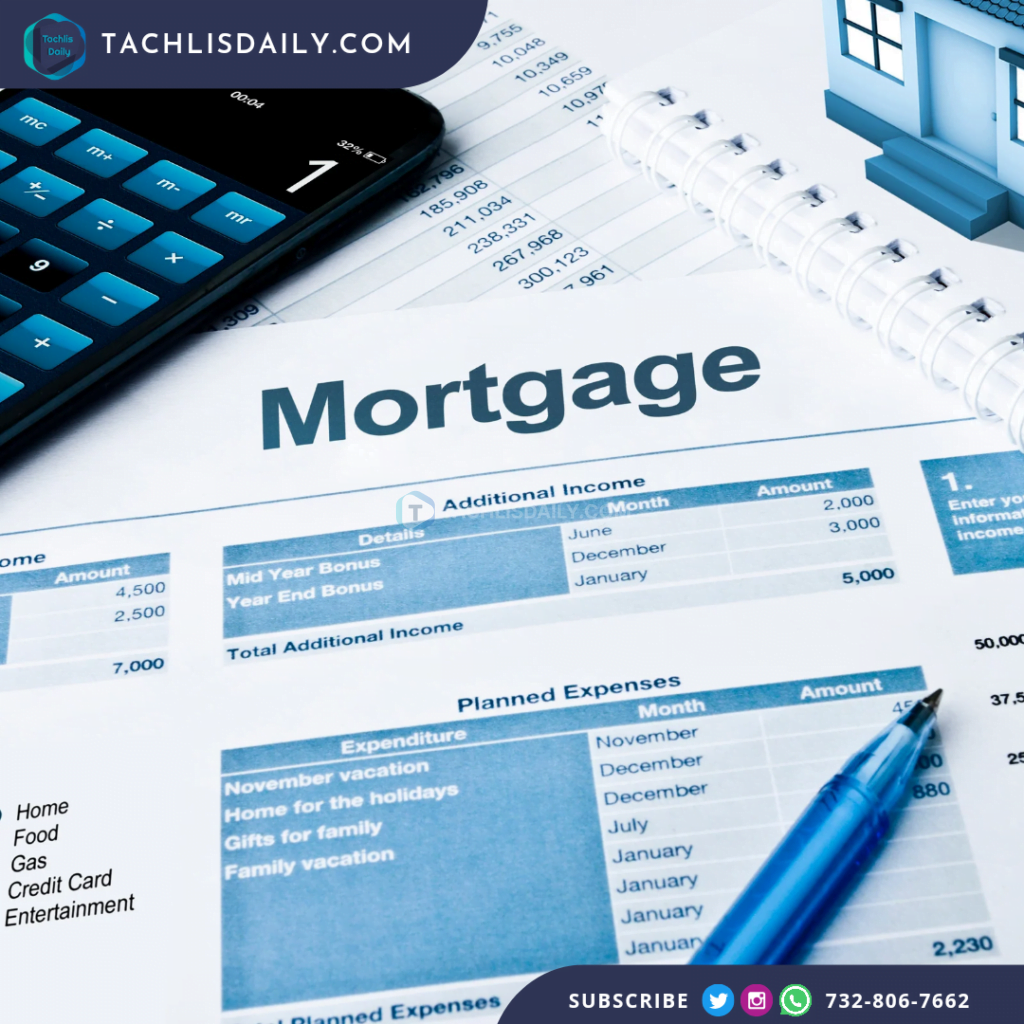The First Step to Buying a House: Get Pre-Approved!
Alright, so you’re thinking about buying a house. That’s awesome! But before you reach out to a real estate agent and fall in love with the perfect home, there’s one crucial step you need to take: get pre-approved. I might be biased because I’m a mortgage advisor, but getting pre-approved is a game-changer. Let me explain why.
Why Get Pre-Approved?
First off, most Realtors won’t even show you properties unless you’re pre-approved. And it makes sense. They want to be sure they’re working with buyers with the financial capacity to purchase a home. Otherwise, it’s like window shopping without a wallet – fun but ultimately pointless. Additionally, a pre-approval gives you a clear picture of your monthly payments and closing costs. This way, you won’t be hit with any nasty surprises down the road.
What is Pre-Approval?
So, what exactly is pre-approval? It’s when a lender reviews your financial situation to determine how much you’re qualified to borrow. It’s known as the four Cs: Capacity, Capital, Credit, and Collateral.
• Capacity (Income): The lender will carefully assess your employment history, monthly debt payments, housing expenses, auto loans, student loans, credit card payments, and income when you apply for a loan. Generally, your income should be twice the amount of your monthly debt payments. This assessment is referred to as your debt-to-income ratio (DTI). When considering debt, we only count certain debts, such as rent, mortgage, taxes, insurance, HOA, auto loans, student loans, child support or alimony, and minimum credit card payments. Click here for a DTI calculator.
• Capital (Assets): The lender will review your assets to verify that you can cover your down payment. Funds can come from savings, investments, or gifts from a relative. The amount needed for a down payment varies based on the loan scenario. A regular conventional loan only needs 3% down.
• Credit: To qualify for a conventional mortgage, you need a minimum credit score of at least 620. Other mortgage options, such as FHA, allow for as low as 500 (In most cases, you’ll need a 580 minimum). The better your credit score, the better the interest rate. It’s a good idea to speak with your lender to learn options on how you can improve your score.
• Collateral (Appraisal): The lender will consider the value of the home, which is typically determined through an appraisal. Your loan-to-value (LTV) ratio will be based on the lower of the appraised value or purchase price. The maximum loan amount will depend on a few factors. If you’re buying a primary residence, you can put down as little as 3%. However, if your down payment is less than 20%, you’ll need added insurance until you have 20% equity.
Tailored Loans
It’s important to talk to your lender to ensure your loan options suit your financial situation. It’s not a one-size-fits-all deal; your lender can tailor the mortgage to fit your needs.
The Process
The pre-approval process is straightforward. It starts with a quick 15-minute consultation with your lender to discuss your goals. From there, we figure out the best loan options for you. The lender collects the necessary documentation from you and, within a day or two, should have the pre-approval ready for you to begin the home shopping experience.











